Earth Timeline: A Guide to Earth’s Geological History and Events [Infographic]
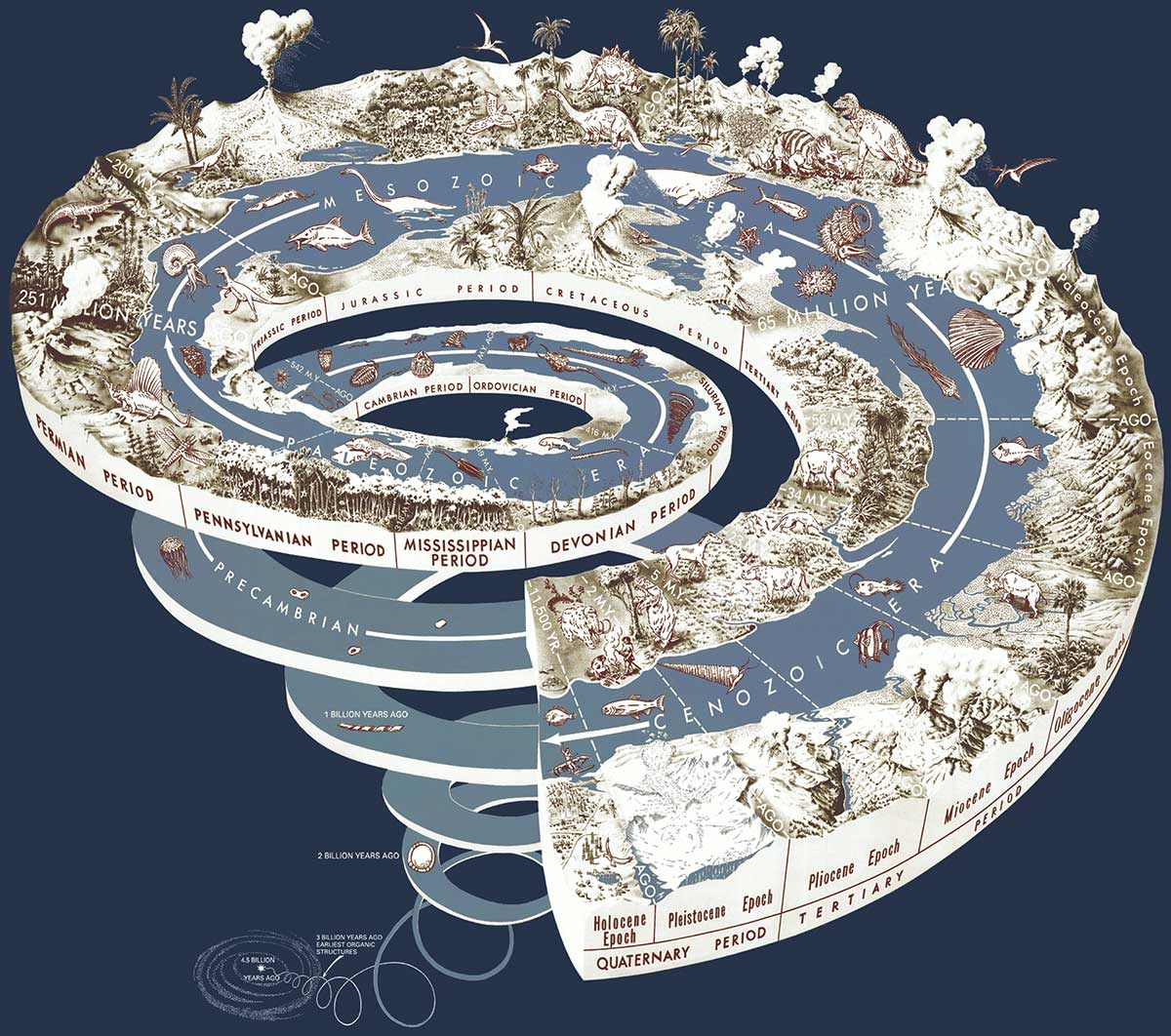
Earth’s Timeline and History
4,567,000,000 years ago, Earth was covered in molten lava. Earth was completely unrecognizable. In its earliest stage of formation, it was uninhabitable as it clumped from a cloud of dust.
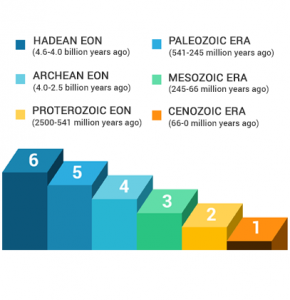
About 1,000,000,000 years ago, Earth had its first signs of life. Single-celled organisms consumed the sun’s energy. As a waste product, these cyanobacteria eventually filled the oceans and atmosphere with oxygen.
Next, an oxygenated atmosphere paved the way for more complex life forms to exist. At about 100,000,000 years ago, dinosaurs roamed the Earth until their abrupt extinction.
Finally, 10,000,000 years ago was the age of mammals. And these mammals are our direct ancestors. It was only 100,000 years ago when homo sapiens truly evolved.
In this Earth timeline, we lay out all the pieces on the floor. What sequence of events has unfolded for Earth to support life and for it to evolve?
The Sculpting of Earth (4.6 – 4.0 billion years ago )
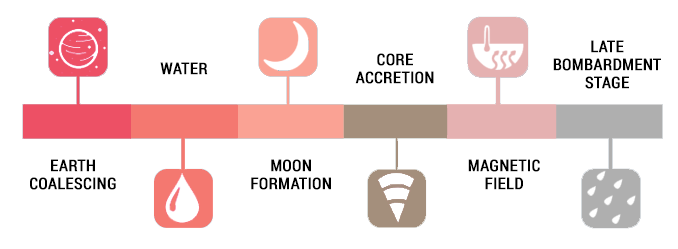
The Big Bang created all matter in the universe. This includes the sun, planets, and our solar system. At the center, the sun swept in smaller elements like hydrogen and helium. Farther away, heavier elements formed planets. Based on the core accretion model, gravity was the driver coalescing Earth from a cloud of dust.
In this early stage of Earth’s creation, the heaviest material like iron sank to the core. Lighter material remained on top to form a crust. Because the solid inner core heats the outer liquid layer, it produces convection currents. This geodynamo is Earth’s magnetic field. Without it, Earth would be blasted by harmful rays from the sun.
In the late Hadean Eon, the Earth was still in its late heavy bombardment stage. Earth was hit by asteroids, comets, and foreign objects left, right, and center. We know it wasn’t only Earth because we can see these impacts on other places in our solar system. Some scientists believe that water originated from the bombardment of comets at this time. In addition, there’s reason to believe that these collisions could have sparked the chemical building blocks for life – DNA.
One of the most important events for Earth was the formation of our moon. The giant impact hypothesis describes it as an object the size of Mars heading towards Earth at tremendous speed. After delivering a glancing blow to Earth, gravity pulls this object into orbit. Ever since this grande event in the Hadean Eon, it has remained in orbit ever since.
Earth Cooling and Primitive Life (4.0 – 2.5 billion years ago )
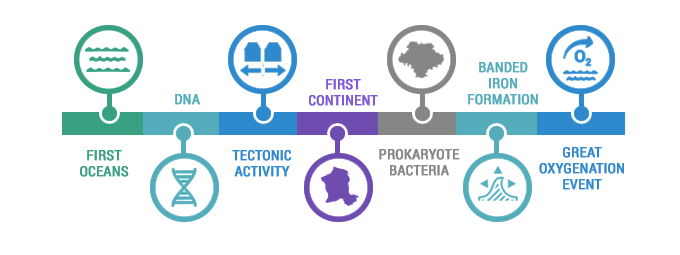
The collision of the moon into Earth significantly impacted climate, oceans, and life on Earth. Because the moon’s orbit drags Earth, it slowed Earth’s rotation significantly from 6-hour days to 24 hours. Having the moon in orbit also stabilized the Earth from wobbling. But most importantly, the collision of the moon tilted Earth on its axis. And because the Earth is tilted on its axis, Earth now had seasons.
Eventually, the climate on Earth became more stable in the Archean Eon. Instead of a molten state, the Earth started to cool down. Water vapor condensed to form oceans. And the Earth cooled down enough to create continents. Though opinions vary, “Vaalbara” became Earth’s first supercontinent.
As the Earth cooled down, a new form of life began to prosper. When oxygen was absent in the atmosphere, cyanobacteria could convert sunlight to energy. In shallow water, they metabolized their own food. As a waste product, cyanobacteria released oxygen into the oceans.
When oxygen mixed with iron in the oceans, rusted iron collected on the seafloor. The banded iron formation continued until there was no more iron in the oceans to rust. Oxygen had nowhere to go but into the atmosphere. That’s why this event is the Great Oxygenation Event.
An Oxygenated Atmosphere (2500 – 541 million years ago)
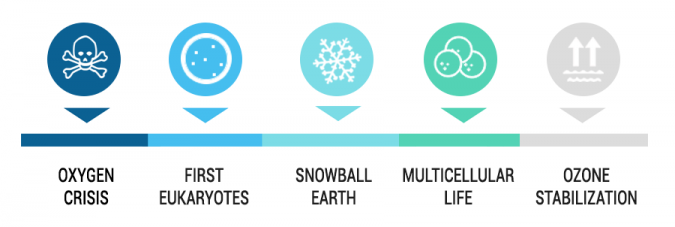
Earth now had an oxygenated atmosphere for new life to flourish on Earth. But it wasn’t cyanobacteria flourishing. Because oxygen was toxic for cyanobacteria, they poisoned all anaerobic life on Earth including themselves. Imagine a dominant species polluting the planet until extinction. The oxygen byproduct from cyanobacteria created an oxygen crisis on Earth.
At this time, methane was more abundant in the atmosphere. One thing that methane did very well was trap heat in the atmosphere. It’s one of the most efficient greenhouse gases there are. So when oxygen combined with methane, it produced carbon dioxide. All of a sudden, the greenhouse effect wasn’t as strong. As a result, the whole planet froze. It was “Snowball Earth” as the Earth went into an ice age for the next 300,000,000 years.
Another important consequence of an oxygen-filled atmosphere was the emergence of aerobic eukaryotes. Before the oxygenation, life was anaerobic. Eventually, aerobic respiration organisms emerged because of the enriched atmosphere. This increased the complexity of life. For example, multi-cellular organisms became apparent in this eon. But the abundance of CO2 held eukaryotes from diversifying.
As oxygen filled the atmosphere, Earth’s ozone layer thickened. Before the presence of an ozone layer, life was restricted to shallow water. Because water shielded harmful radiation, that’s where life existed. Eventually, a thicker ozone layer (O3) enabled life to diversify on land in the Proterozoic Eon.
The Cambrian Explosion and Fossil Records (541 – 245 million years ago)

The Cambrian explosion was the largest diversification of life in Earth’s history. Everything before this era was Precambrian. We couldn’t identify life because we didn’t have fossilized shells or animals. This is when hard-shelled invertebrates originated in the oceans. The Cambrian explosion started with the Age of Invertebrates. And life got more diverse from there.
Next came the Age of Fish when thousands of fish species arose. Then, the first vertebrate land animal made its leap ashore. Amphibians took a breath of fresh air and colonized the empty continent of Gondwana. This was the start of the Age of Amphibians. We share similar characteristics to our vertebrate ancestors. For example, humans have spines, jaws, and mouths originating from fish.
In the Paleozoic Era, lush rainforests flourished on land. But due to an abrupt shift in global warming, a major marine and terrestrial extinction event began. This event was the Carboniferous Rainforest Collapse. Plants and swamps were buried, compacted, and cooked into underground coal deposits. It left behind vast deserts for reptiles to eventually dominate the continental interior.
The Paleozoic Era ended with the largest extinction in Earth’s history. The Permian-Triassic Extinction vanquished 96% of all marine species. About 70% of terrestrial vertebrate species were wiped out. Opinions vary about the Permian-Triassic Extinction cause. But the consensus is that it was from a major asteroid impact event.
The Age of Reptiles and Dinosaurs (245 – 66 million years ago)
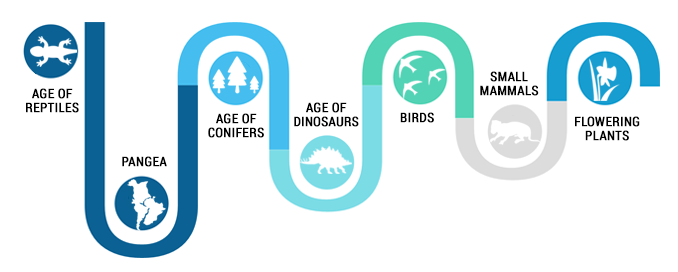
When Earth’s climate became hotter and drier, rainforests collapsed triggering the Age of Reptiles. Reptiles are different from amphibians because they lay their hard-shelled eggs on land. They essentially adapted to the land by cutting all ties with the ocean. Because reptiles evolved to dryland conditions, they gained a unique ecological advantage.
As conditions changed, dinosaurs (also known as terrible lizards) began to evolve. These reptile-like mammals had scaly skin and hatched eggs like reptiles. Some dinosaurs adapted as herbivores and some as carnivores. For the next 160 million years, dinosaurs were the dominant land vertebrates on Earth.
The Age of Conifers in the Mesozoic Era provided the spread of seeded plants. Conifers store vast amounts of carbon. As a result, oxygen content in the atmosphere jumped to 35% compared to 21% today. In addition, they provided habitat, shelter, and a source of food for specific animal species to survive.
Also notable is that Pangea existed as one supercontinent in this era. Dinosaurs lived on one supercontinent. Plate tectonics was the mechanism that eventually tore continents apart. Don’t forget that dinosaurs existed for 160 million years. So continental drift gradually rifted dinosaurs apart. We know this because we can find the same fossils on separate continents.
The Age of Mammals and Homo Sapiens (66 million years ago – now)

Ultimately, the start of the Cenozoic Era was the demise of dinosaurs. After a 6-mile wide asteroid hit Earth, a dust cloud blocked the sun. This caused temperatures to plummet which was the heart of the damage from the Cretaceous–Paleogene extinction event. Because of the worldwide climate disruption, it was responsible for the extinction of the dinosaurs.
Mammals existed long before the Cenozoic Era. But they kept a low profile because dinosaurs dominated the land. The extinction of the dinosaurs marked the Age of Mammals. When dinosaurs roamed the Earth, mammals remained small and furry. And because dinosaurs went extinct, mammals emerged as the largest land animals at this time.
Apes remained in trees for their primary food source. Eventually, grass began to spread in places like the African Savannah and there were fewer trees. This forced apes to walk to new food sources. With their heads above the grass to see predators, apes evolved by walking on two legs. It also helped to have their hands available when they were traveling.
As the timeline to modern human evolution begins, hominids were the early proto-humans. They were known for sharpening objects with silicon rocks. They began to master the use of their hands and fingers. In the Stone Age, early humans had fire under control. This enabled them to cook their food giving them more calories. Modern humans learned to make more complex sounds and share information in groups. So humans have only existed for about 0.004% of the age of the Earth.
Geologic time is vast

It’s almost unimaginable the story of Earth. It spans over 4.5 billion years.
Scientists are still fitting all the pieces to the puzzle.
Since its creation, oceans, continents, and life as we know it has remarkably transformed. Life has evolved and adapted.
This article assembles some of the key events. From evolution to extinction, these are events that have unfolded as part of the Earth timeline. Though opinions vary, we’ve leaped through 4.5 billion years of Earth’s history and provided a general guideline.
A Guide to Earth’s Geological History and Events
Earth is a constantly changing planet. Each era has its own unique geological history and events.
Earth’s geological history will be of interest to students, professionals, and enthusiasts of earth science.
Now, it’s time to let you take the stage. What are some important events we missed? Please let us know with a comment below.

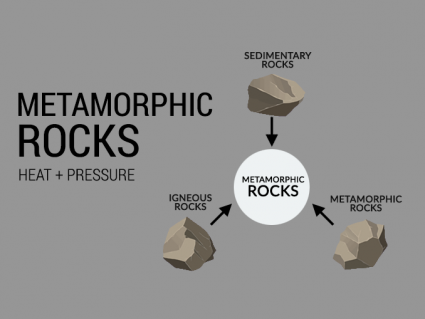
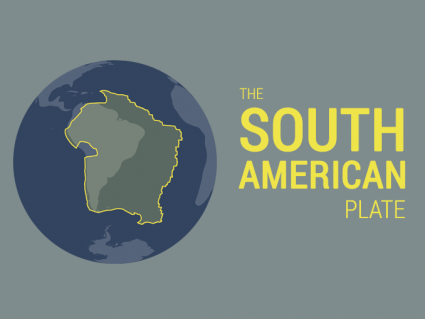
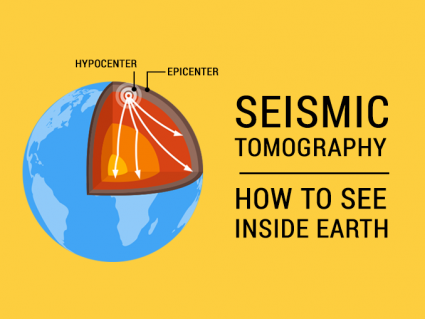
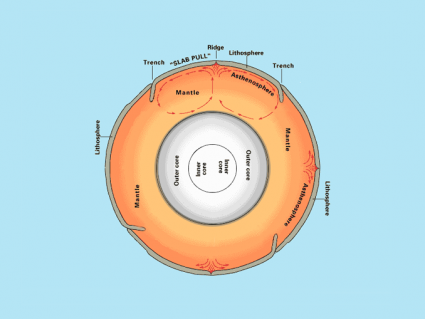
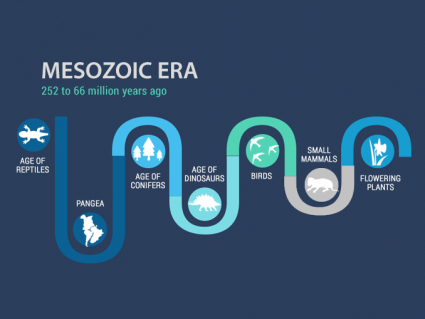
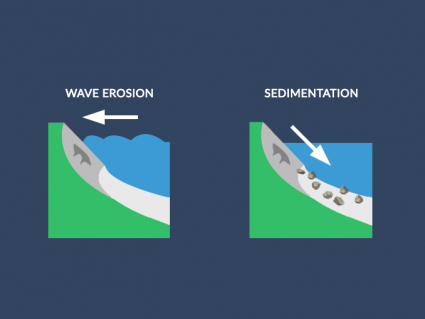
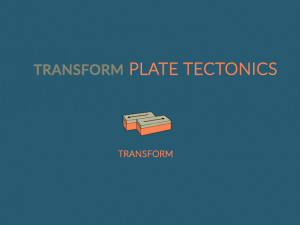

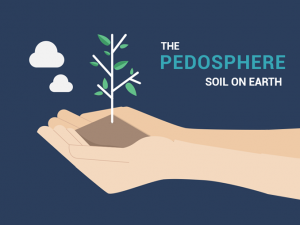

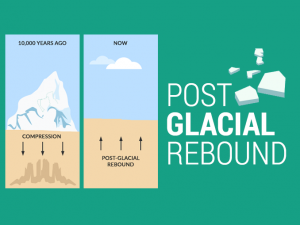
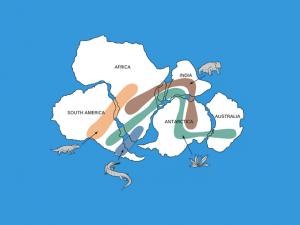


Very much supportive and details explanation information. Definitely will helpful backup my study.
Great Article. Very Simple and clear to understand, appreciate it.
Next, an oxygenated atmosphere paved the way for more complex life forms to exist. At about 100,000,000 years ago, dinosaurs roamed the Earth until their abrupt extinction.
Finally, 10,000,000 years ago was the age of mammals. And these mammals are our direct ancestors. It was only 100,000 years ago when homo sapiens truly evolved.
Interesting that carbon is needed by plants to create oxygen and that CO2 helped stop global warming.
From a chemistry perspective this seems correct.
People, if u don’t have something constructive to say, then keep it to urself. This isn’t built on spelling or grammar. Grow up!
Hi W. These are 2 separate topics of themselves. I’ve decided to break the “Big Bang” and “Human Evolution” into separate posts. My post on human evolution is not as comprehensive for covering appendages and organs (eyes, ears, etc.). But I think my article on the Big Bang is pretty detailed. Here they are:
Very disappointing. Leaves much to be desired and explains nothing about how any species evolved simultaneous breeding PAIRS, not to mention how development could focus on appendages and organs (eyes, ears, etc.) for which no “simple” organism could know existed before such development. And, of course, it fails to explain from where the elements to cause the “big bang” came. It’s a nice hypothesis, but it has less proof and more holes than an intelligent-design theory.
Do not need to have any typo’s in your writing.
esta bonita la historia
Life is born newly every second. Same time life is dying every second
As per our Hindu Vedas we have 33,000,000 million species on our earth. So we human beings are also changing like our mobile phones. Finally all is like a dream.
This is cute, watching people fight over the idea that they know any “facts ” about the universe. It’s quite literally beyond the comprehension of a human brain. We aren’t able to understand the size, how it started or even the most basic principles, yet you are arguing as if you understand any part of it.
It’s like watching fruit flys fight over 401ks. Guys, seriously. You simply don’t know the first thing about anything yet.
What an incredibly accurate and detailed piece! You broke it down layer by layer and it really helped making sense of things I previously hadn’t known.
Great article. Good work.
The Big Bang did not create our solar system. It happened approx 13-14 billion years ago; our sun and solar system formed 9 billion years later. Our sun is only about 4.6 billion years old. It is described as a “third-generation star”. The Big Bang created all matter in the universe but that matter was not in the form it is now – for example none of the heavy metals like iron, gold, carbon, etc existed then (what we and our planet are made out of) those elements were all formed later by reactions within the first generations of stars.
I found this article very interesting.
I think there is a typo in the “age of dinosaurs” section. Should be “reptile-like animals”, not “reptile-like mammals”. Dinosaurs were reptiles, not mammals.
Dinosaur Pictures is an interactive map that lets you see how the Earth looked like up to 750 million years ago.
Do have like a map of the earth through out the history.
That’s a wonderful history of earth
Please check your six eras legends are mixed.
This is very helpful
We can write a thousand page book in fine print and miss one or even ten specific things that one may search for, its only natural.
And the topic is nature by the way
Wow this really does help!!
Can you please give us your references?
it was amazing and very helpful.
What seems to be missing is the actual geological changes in the earth’s surface that gave rise to the different land masses and bodies of water.
Worst case: “Since about 1,000,000,000 years ago, Earth had its first signs of life.” NOT! Life emerged at approximately 4.4 BYA. No excuse, guys! Very inaccurate science. Dates are WAY off on numerous topics. DK
Very helpful charts look amazing thanks for writing this
This was really helpful 👍🏾
The Permian-Triassic mass extinction was NOT due to a meteorite impact. Consensus is that it was due to the eruption of the Siberian Steps. There is overwhelming evidence that the Siberian Traps erupted continuously for approximately 1 million years, emitting trillions of tons of CO2 into the atmosphere, disrupting the carbon cycle and causing a greenhouse gas climate catastrophe which warmed the oceans, which in turn caused methane hydrates at the bottom of the ocean to melt and release methane into the atmosphere.
What seems to be missing is the main discussion of geology of the earth, which is about the rocks and physical processes that formed them. What is not missing is a long discussion of the supposed evolution of biological creatures.
A volcanic event was to have occurred in what is now Siberia around 250 million years ago that wiped out the plants and herbivores that per-existed dinosaurs. Fossil evidence is said to exist of these herbivores. The event is to have spewed out enough lava to cover the entire USA 1000 ft deep, along with noxious particulates, sulfurous gases and co2 that changed the climate. The acid gases poisoned the seas resulting in massive extinctions.
Nice summary, thank you. I am, however, a bit puzzled that you refer to dinosaurs as (reptile-like) mammals. Are you sure they were mammals?
I have throughly enjoyed reading this work. It has simplified processes of which I was unsure. Thank you for all the work that you have put in to enable me to be able understand the geological history of the planet upon which I live.
Thanks Gus
In the second paragraph of the Cenozoic Era, it says”When dinosaurs roamed the Earth, mammals remained small and fury.”
It should say small and furry, not fury.
By the way, despite the minor errors I’ve pointed out, this is an excellent summary.
While the meteor that hit what is now present day Yucatan wiped out ALMOST all dinosaurs, especially the large ones, the avian dinosaurs survived and gave rise to modern birds. I mention this because you say in the first paragraph of the section on the Cenozoic Era that the dinosaurs went extinct. My point is, that they didn’t ALL go extinct, as previously thought.
In the second paragraph in the Mesozoic era section you say “As conditions changed, dinosaurs (also known as terrible lizards) began to evolve. These reptile-like mammals had scaly skin and hatched eggs like reptiles.” While there may have been a common ancestor to dinosaurs and mammals, I’m pretty sure there were no mammals at this point.
In a PBS video it said that Pangea had formed during the Paleozoic, not the Mesozoic.
Hi, nice write up, however, I noticed the color coding of the bar graph and the corresponding era isn’t matching at the very top of the page.
It doesn’t say anything about the major types of plants in the Mesozoic era like conifers and gingkos
Great synopsis and very helpful to my home-schooled children. I would suggest a modification to the presentation of the giant impact hypothesis. The hypothesis promotes that Mars-sized body, known as Theia, collided with Earth, throwing vaporized chunks of the earth’s crust into space (as opposed to delivering a glancing blow, implying that Theia survived and is now the moon). Gravity bound the ejected particles together, creating the moon. The idea is supported by the similarities in composition of earth and moon matter. Thank you.
Very Helpful for my class project! Thank you so much!
Thanks, fixed it
Hello
Your first paragraph has a typo………..”In its earliest stage of formation, it was inhabitable as it clumped from a cloud of dust”
”inhabitable” obviously should be ”uninhabitable”
Regards
Mike